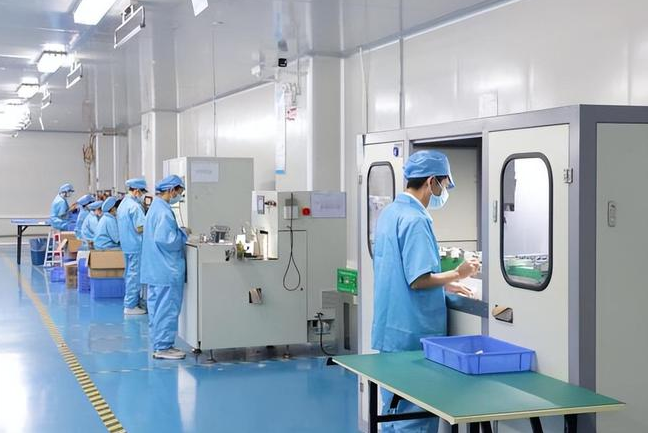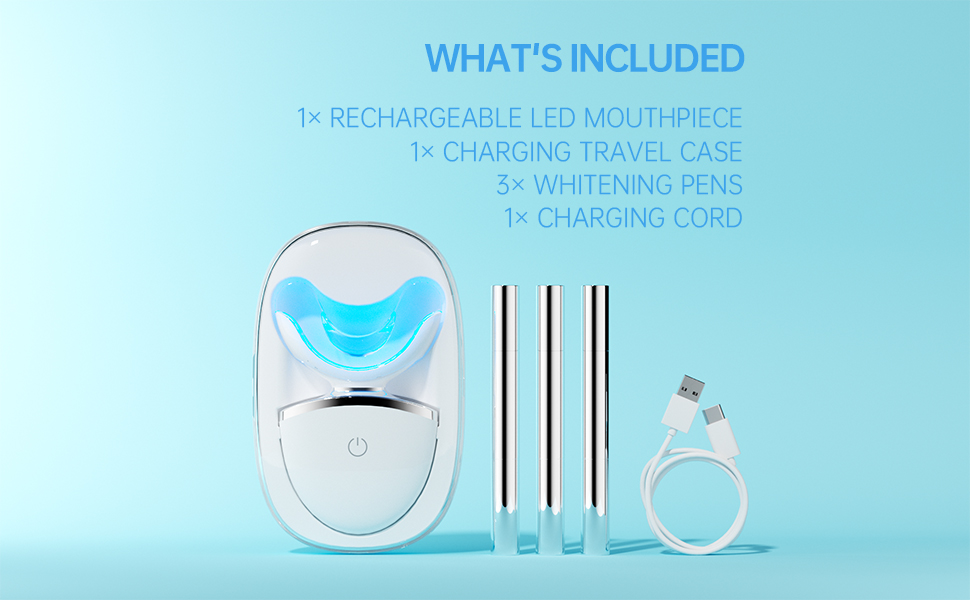In the competitive world of device manufacturing, head detachment and tank cracks may seem like isolated failures. However, when these two defects occur together, they often signal deeper structural or material issues that compromise product safety and performance. This article explains how this dual failure mode arises, why it should never be ignored, and whether a full component replacement is the most responsible solution.
Head detachment typically results from prolonged mechanical stress or material fatigue. Repeated torque during use, over-tightening during assembly, or low-grade plastics can weaken the connection between the head and the main body. When the head disconnects unexpectedly, it can:
For B2B customers relying on consistent quality, even occasional detachment can damage trust in your brand.
Tank cracks often develop alongside head detachment because similar forces and vulnerabilities are at play. For example:
Over time, these cracks can propagate rapidly, leading to sudden rupture and serious liquid leakage.Company web:https://www.powsmart.com/product/electric-toothbrush/
-1-1024x576.png)
When head detachment and tank cracks happen together, the effects are more severe than either issue alone:
This combination should be treated as a critical defect requiring urgent attention.
While it may be tempting to replace only the visibly damaged tank or head assembly, partial fixes rarely address the underlying causes. If one component has failed, adjacent parts have likely been stressed or degraded. Therefore, partial repairs often lead to:
A comprehensive assessment is necessary before deciding on any partial remediation.
Full component replacement becomes the most responsible solution when:
In these cases, issuing replacement parts—or recalling affected batches—can be the most cost-effective and reputation-saving strategy in the long run.
To avoid this issue entirely, manufacturers should adopt preventive strategies:
These steps help ensure your devices maintain integrity throughout their service life.
Head detachment with tank cracks is not a minor defect—it’s a warning sign of broader structural vulnerabilities. Replacing only individual components may appear cost-saving but usually leads to repeated failures and customer dissatisfaction. For most B2B scenarios, a full replacement is the prudent approach to protect your brand and uphold rigorous quality standards. Contact us
Portable LED Teeth Whitening Device Supplier
LED Flickering Plus Adapter Fires—A Hidden Safety Hazard?

Essential Considerations for Electric Toothbrush OEM Projects

Looking for an OEM Partnership Program that Guarantees Long-Term Toothbrush Supply?
.jpg)
sonic electric toothbrush Sacramento
water flosser OEM factory
-3-scaled.png)
Are You a Teeth Whitening Kit Manufacturer Serving the Beauty Salon Supply Industry?
.jpg)
How Can Water Flosser Manufacturing Process Create a Truly Eco-Friendly Oral Product?
Cordless Oral Irrigator Wholesale
Gum Bleaching from Pulpitis Risk – Whitening Gone Wrong?
Tray Warping with Switch Corrosion – Time to Replace?
Tooth Chipping Alongside Root Darkening – Irreversible?

Key Selling Points That Make Water Flossers Stand Out

Innovating a Whitening Gel Formula for Your Cosmetic Product Development
.jpg)
Is Your Toothbrush Head Manufacturer Aligned with the Sustainable Toothbrush Movement?

Why a Hindi brushing guide is essential for your First-time user guide

Customization Teeth Whitening Gel

Private Label Whitening Gel

electric toothbrush heads Ultra Soft

electric toothbrush heads Deep Clean

electric toothbrush heads Regular Clean

electric toothbrush heads Charcoal Infuse-Round

Electric toothbrush heads Charcoal Infused-Diamond
.jpg)
Florida Electric Toothbrush – Powsmart PTR-C8
whstapp
whstapp
National Toll-Free Service Hotline
+86 755 86238638